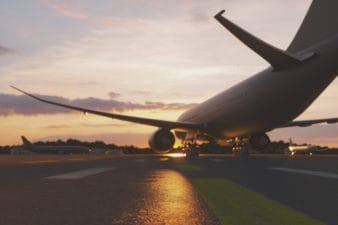A company’s stock price is a reflection of all material information made available to the market, and just because a stock may be appear to be “cheap,” that doesn’t mean that real value exists.
Many financial columnists refer to overly simplistic indicators to show that a stock is cheap or expensive. Some state that the price-to-earnings ratio for a given stock is much lower than the industry ratio, and therefore the company is undervalued; others make claims that because a company has reached its 52-week high and has peaked, it must be expensive.
First, I would like to note that a number of key theories in the areas of finance and economics have pointed to a “random walk” or staggered growth patterns in publicly traded companies. New theories continue to expand on these initial theories, growing the body of academia covering momentum trading, autocorrelation, and the study of how companies’ stock prices increase over time.
A truly abundant amount of literature is available on this topic; however, I would like to highlight one paper specific to the 52-week bias, which I have seen circulated of late.
An academic paper published in The Journal of Finance by George and Hwang highlights a key finding: that a given stock’s 52-week-high price largely explains the profits of momentum trading due to the fact “that traders are often too slow to reach, or overreact, to good news.”
The paper takes into account that a stock trading near its 52-week high is one that has recently received good news, and, at this point, a number of biases often take hold with traders as they contemplate whether or not to bid up the price; however, typically, the information wins and the momentum of the good news will drive the stock price higher.
Thus, momentum trading profits are found to be higher when a stock is trading at levels closest to its 52-week high.
This short-term phenomenon in finance is juxtaposed by long-term reversals in the stock price, which George and Hwang note are also typically overreactions, or slow reactions, similar to the periods of time in which the stock experiences positive momentum: “momentum occurs because traders are slow to revise their priors when new information arrives. Long-term reversals occur because when traders finally do adjust, they overreact.”
The reality is that in the long run, regression toward the mean and other statistical laws do take effect, and a company’s stock price will eventually work its way toward an equilibrium based on news generated by the underlying company.
The equilibrium stock price, while often periodically out of whack due to biases in the speed at which traders adjust, cannot be held as a metric by which to assess whether a stock is over or undervalued, but rather, it should be considered in relation to the news being generated by the company and the business’s long-term fundamentals.
Someone shorting Canopy Growth Corp. (TSX:WEED) at $3 in mid-2016 because, at the time, the company was trading at its 52-week high would likely have a hard time trying to convince his/her investment banker not to initiate a margin call based on the fact that a reversal will happen because “the stock is trading at its 52-week high, and it seemed like a good time to short.”
Stay Foolish, my friends.








